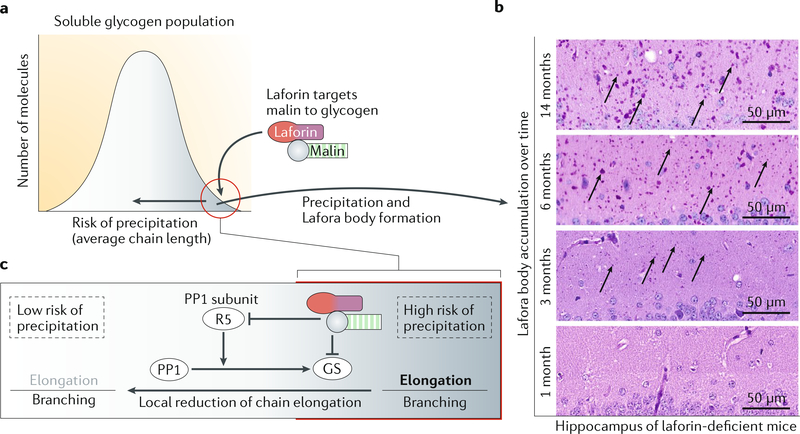Fig. 3 |. Mechanistic model for Lafora body formation and accumulation.
a | Glycogen is a heterogeneous mixture of molecules that differ in their long glucan chain content and possess different risks of precipitation. To prevent precipitation, a small proportion of molecules that are precipitation-prone (circled in red) might be modified by local reduction of chain elongation, which is achieved by the mechanism explained in part c. This modification leads to an increased relative branching frequency and a decreased risk of precipitation (horizontal arrow). b | If glycogen precipitation cannot be entirely prevented, precipitated glycogen accumulates over time, as observed in Lafora disease mice of different ages. Arrows indicate some typical Lafora bodies in diastase-resistant periodic acid-Schiff-stained sections of mouse hippocampus. c | A functional iaforin-maiin complex mediates a reduction in glycogen synthase (GS) activity by targeting GS and protein phosphatase 1 (PP1) subunit R5 to degradation, resulting in an increased branching frequency. Rather than affecting the entire GS protein population, this process might occur locally, that is, predominantly on the small proportion of glycogen molecules with a high risk of precipitation (red circle in part a). Parts a and c adapted with permission from REF87, CC-BY-4.0.

